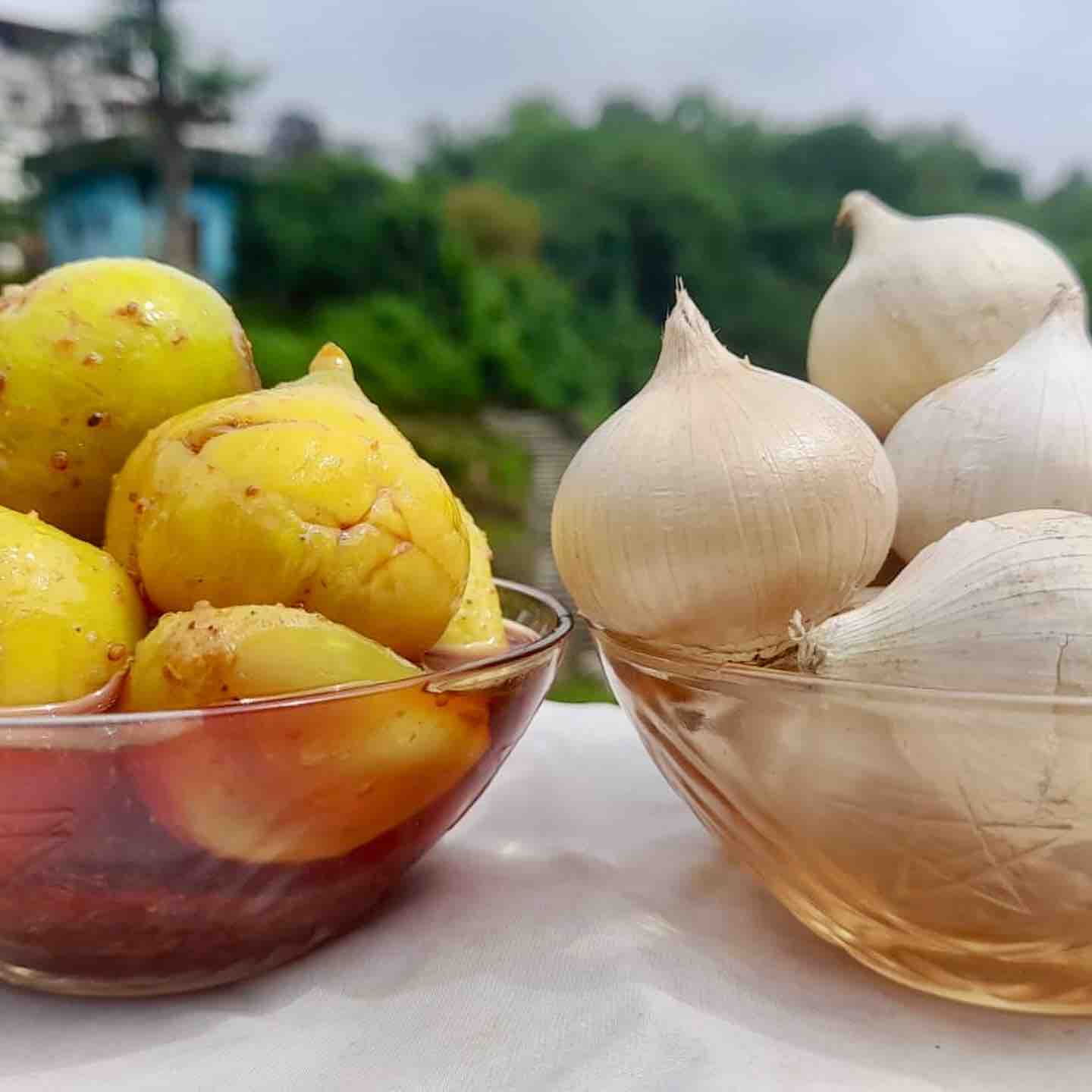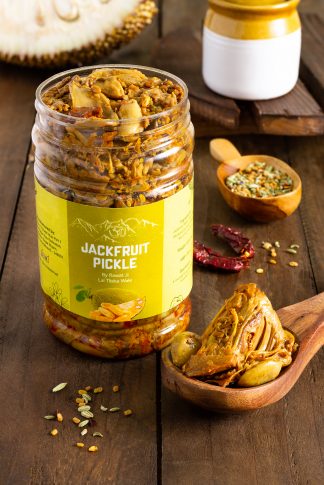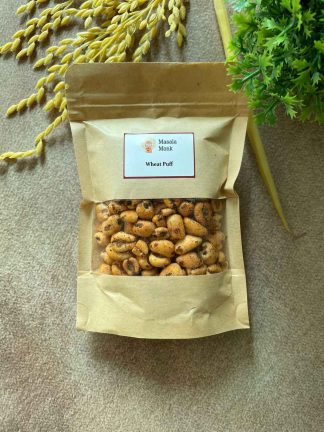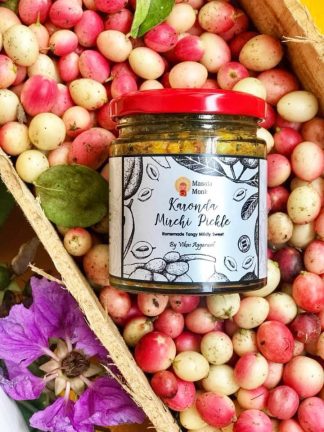
Introduction:
This document or blog post compiles information from multiple sources (Healthline, Cleveland Clinic, Times of India, Medical News Today, WebMD, and MedicineNet) to provide a comprehensive overview of the health benefits of garlic, its nutritional properties, potential risks, and best practices for consumption. The sources consistently highlight garlic’s historical use as both a food and a medicine, noting its recognition across ancient cultures.
Key Themes & Findings:
- Medicinal Properties & Active Compounds:
- Allicin is Key: The most frequently cited active compound in garlic is allicin, a sulfur compound formed when garlic is chopped, crushed, or chewed. Allicin is known for its antimicrobial, anti-inflammatory, antioxidative, and anticancer properties. However, allicin is unstable and breaks down quickly. Other sulfur compounds like diallyl disulfide and s-allyl cysteine also contribute to garlic’s benefits.
- Historical Use: Garlic has been used for its medicinal properties by various cultures, including Egyptians, Greeks, Romans, Chinese, and Indians, for thousands of years. Hippocrates, the “father of Western medicine,” prescribed it for various ailments. As WebMD notes: “Ancient medical texts from as far afield as Egypt, China, India, Greece, and Rome discussed the medical uses of garlic.”
- Systemic Effects: Once consumed, garlic’s sulfur compounds travel throughout the body, exerting strong biological effects.
- Nutritional Value:
- Low in Calories, High in Nutrients: Garlic is a low-calorie food, with one clove (about 3 grams) containing approximately 4-4.5 calories.
- Rich in Vitamins & Minerals: A single clove of garlic is a good source of manganese, vitamin B6, vitamin C, selenium, and fibre. Trace amounts of other essential nutrients are also present. As stated by the source material: “Garlic is low in calories and rich in vitamin C, vitamin B6, and manganese.”
- Cardiovascular Health:
- Blood Pressure Reduction: Multiple studies, including meta-analyses, show that garlic, especially garlic supplements and aged garlic extract (AGE), can help reduce blood pressure in people with hypertension. One study notes garlic’s effect may be comparable to some blood pressure medications. Garlic’s allicin may also relax blood vessels.
- Cholesterol Management: Garlic is reported to lower total and LDL (“bad”) cholesterol levels, especially in those with slightly elevated cholesterol. Some studies recommend eating more garlic for high cholesterol. The benefits are most apparent for LDL cholesterol and do not impact HDL (“good”) cholesterol or triglycerides.
- Heart Protection: Garlic compounds, particularly diallyl trisulfide, may protect the heart during and after heart attacks and surgery, and reduce heart enlargement. Garlic may also be protective against cardiomyopathy.
- Immune System & Infections:
- Immune Booster: Garlic is reported to enhance the immune system due to its vitamin and mineral content, which helps in reducing the frequency and duration of colds and flu. A study noted a 63% reduction in colds and 70% shorter cold durations in the group that took garlic supplements daily.
- Antimicrobial Properties: Allicin, in particular, has antiviral, antibacterial (including against E.coli and MRSA), and antifungal properties (including against Candida albicans). Garlic may also combat foodborne pathogens like Salmonella. However, as stated by one source material, “Don’t use garlic as a substitute for proper food sanitation and food handling.”
- Anti-Inflammatory & Antioxidant Effects:
- Anti-inflammatory: Garlic oil may work as an anti-inflammatory, potentially helping with sore joints and muscles. The Arthritis Foundation recommends it for preventing cartilage damage.
- Antioxidants: Garlic contains antioxidants that help combat oxidative damage caused by free radicals, which can contribute to aging and cognitive decline. These antioxidants may protect against Alzheimer’s disease and other forms of dementia.
- Other Notable Health Benefits:
- Detoxification: Garlic’s sulfur compounds can help reduce lead levels in the blood, protecting against heavy metal toxicity and related symptoms.
- Bone Health: Garlic may reduce oxidative stress, potentially improving bone health and calcium absorption, which can be beneficial in treating osteoporosis.
- Weight Management: Garlic may aid in weight management by reducing weight, fat mass and waist circumference.
- Improved Athletic Performance: Ancient athletes used garlic for performance enhancement. Studies suggest potential benefits like reducing muscle damage, and improving oxygen capacity during exercise, though more research is required.
- Cancer Prevention:
- Anticarcinogenic Properties: Garlic contains multiple compounds (including allicin) that have shown potential to protect against cancer through cell cycle arrest and apoptosis (cancer cell death).
- Reduced Cancer Risk: Consuming garlic and other members of the Allium family may reduce the risk of certain cancers such as colon, gastric and lung cancers.
- Consumption Methods and Best Practices:
- Raw vs. Cooked: Raw garlic is generally considered more beneficial as heat degrades allicin. The 10-minute rule (letting garlic stand after chopping before cooking) may help preserve some of the allicin. If cooking, it’s recommended to add garlic at the end and avoid heating above 60°C (140°F). As one source put it, “You’ll get the most benefit from raw garlic.”
- Supplementation: Garlic supplements, particularly aged garlic extract, may be effective but require caution, and it is advisable to consult a doctor before starting any supplement regimen.
- Quantity: It is generally safe to consume garlic in moderation, such as one raw clove per day.
- Preparation: Chopping or crushing the garlic releases allicin. Waiting for about 10 minutes before consumption may improve its benefits.
- Potential Risks & Side Effects:
- Bad Breath & Body Odor: A notable side effect of eating garlic is bad breath and body odour.
- Digestive Issues: Overconsumption of garlic may cause upset stomach, bloating, diarrhoea, heartburn and gastrointestinal irritation.
- Skin Irritation: Handling large amounts of garlic may cause skin irritation or burning. Wearing gloves while handling garlic is recommended to avoid skin lesions.
- Bleeding Risk: Garlic can thin the blood, and individuals taking blood-thinning medications (like warfarin) should consult their doctor before increasing garlic intake as it can increase the medication’s effect and make it harder for the blood to clot. One source reported a case study about the increased risk of bleeding from consuming raw garlic.
- Allergies: Allergic reactions to garlic are possible, though rare.
Conclusion:
Garlic is a nutritionally dense food with various potential health benefits, supported by both historical use and modern scientific studies. It can contribute to cardiovascular health, immunity, and overall well-being. While generally safe, individuals should be mindful of potential side effects and consult with a healthcare professional, especially those taking medications or experiencing adverse reactions. The optimal consumption method appears to be eating raw, crushed garlic or including it in cooking at the end, taking care to avoid high temperatures that may break down the beneficial compounds. Overall, the evidence strongly supports garlic’s role as a valuable addition to a balanced diet for promoting health and wellness.
FAQs for Garlic
- How much garlic should I eat daily for health benefits?
It is generally safe to consume one raw garlic clove per day. If using supplements, follow dosage recommendations and consult a healthcare professional. - Does cooking garlic reduce its health benefits?
Yes, heat can degrade allicin, garlic’s key beneficial compound. To retain its benefits, chop or crush garlic and let it sit for 10 minutes before cooking. Adding it at the end of cooking helps preserve its properties. - Can garlic help lower blood pressure?
Yes, studies suggest that garlic, particularly aged garlic extract, may help lower blood pressure levels, similar to some medications. - Is raw garlic better than garlic supplements?
Raw garlic provides the most benefits, but aged garlic extract and other supplements can be effective alternatives, especially for those who cannot tolerate raw garlic. - Does garlic help with colds and flu?
Yes, garlic is known to boost the immune system, reducing the severity and duration of colds and flu. - Are there any side effects of eating too much garlic?
Excess garlic can cause digestive discomfort, heartburn, bad breath, body odor, and may increase the risk of bleeding in those on blood thinners. - Can garlic help with cholesterol levels?
Yes, garlic has been found to lower LDL (“bad”) cholesterol levels, though it does not significantly affect HDL (“good”) cholesterol or triglycerides. - Is garlic safe for pregnant women?
In moderation, garlic is generally safe during pregnancy, but high doses should be avoided. Always consult a doctor before making dietary changes. - Can garlic protect against cancer?
Some studies suggest that garlic may help reduce the risk of certain cancers, particularly those affecting the digestive system, due to its antioxidant and anti-inflammatory properties. - What is the best way to consume garlic for maximum benefits?
Eating raw, crushed garlic or letting it sit for 10 minutes after chopping before cooking at low temperatures is the best way to maximize its health benefits.
Blog Tags
garlic health benefits, allicin, natural remedies, cardiovascular health, immune system boost, garlic for high blood pressure, cholesterol management, anti-inflammatory foods, garlic supplements, nutrition tips, home remedies, garlic and digestion, cancer prevention, heart health, antioxidant foods, traditional medicine, raw garlic benefits









